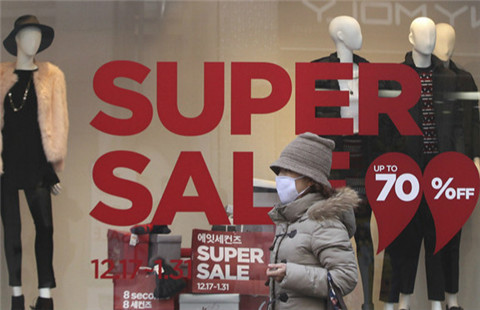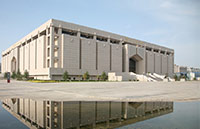Reform brightens China's economic prospects
(Xinhua) Updated: 2016-01-21 17:26BEIJING - Following the news that last year growth slowed slightly, proactive reforms will remain high on the agenda throughout 2016.
The Chinese economy grew 6.9 percent year on year in 2015, down from 7.3 percent in 2014 and 7.7 percent in 2013, official data showed.
Although the slowest annual expansion in a quarter of a century, the growth rate stands testament to the choice to focus on structural reforms over massive stimulus packages.
In the face of flagging exports, sluggish investment and a property market downturn, the government remained clear-headed, and the central bank held back credit expansion.
Instead, China let the markets take the lead.
To this end, the central government loosened its grip on market controls, simplified administration procedures, encouraged the establishment of small businesses, held the torch of innovation high and welcomed more rural migrants to its expanding metropolitan areas.
Despite headwinds, the private sector energized febrile economic engines and played a decisive role in propping up growth.
"The growth rate is in line with government's target and follows new macro regulation," said Wang Baoan, head of the National Bureau of Statistics (NBS).
Given the gloomy global climate, most major economies could not even dream of posting China's growth rate.
Domestic and overseas economists have predicted that the economy will continue to "hold steady within a proper range this year."
Nearly 70 percent of economists responding to a poll by yicai.com expect GDP growth to be somewhere between 6.5 percent and 7 percent in 2016.
- Big Data ally established to discuss mobile Internet marketing
- Doubts on China's GDP data groundless: official
- Stocks fall despite biggest cash injection in three years
- China ranks first worldwide in PV power capacity
- Chinese economy faces greater uncertainty in 2016: economist
- Beijing reports 6.9% GDP growth in 2015
- Hainan airlines opens first direct route from Changsha to the US
- China's central bank continues to ease liquidity strain
















